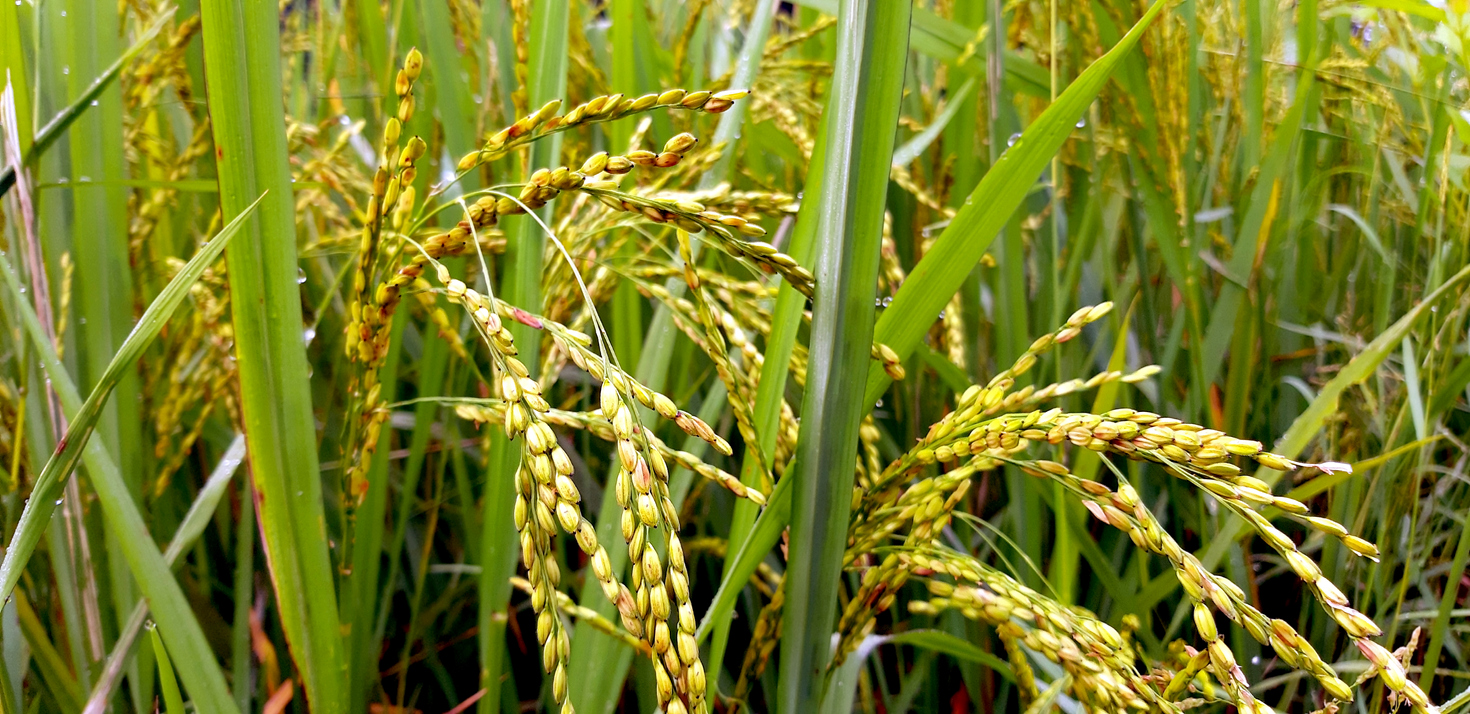
Remodeling Rice Cell Walls Boosts Lodging Resistance, Biomass Saccharification, and Cadmium Resistance
July 27, 2023| |
A study published in the Journal of Hazardous Materials reported that CRISPR-Cas9 gene editing can be used to improve rice lodging resistance. The study, conducted by researchers at Shenyang Agricultural University in China, found that two independent mutants of rice, fc19-1 and fc19-2, exhibited increased lodging resistance after being edited with CRISPR-Cas9.
The fc19-1 and fc19-2 mutants were created by introducing mutations into the OsIRX10 gene, which is involved in cell wall remodeling. The mutations resulted in changes to the composition of the cell wall, making it more brittle but also more resistant to breaking. In addition to improved lodging resistance, the fc19-1 and fc19-2 mutants also showed increased biomass saccharification and cadmium resistance. Biomass saccharification is the process of converting plant biomass into sugar, which can then be used to produce biofuels or other products. Cadmium is a heavy metal that is toxic to plants, but the fc19-1 and fc19-2 mutants showed lower levels of cadmium accumulation in their roots and shoots.
According to the researchers, CRISPR-Cas9-mediated mutations in OsIRX10 led to changes in the expression of genes involved in carbohydrate and phenylpropanoid metabolism, which in turn resulted in the observed improvements in lodging resistance, biomass saccharification, and cadmium resistance.
The study provides a promising new approach for improving the resilience of rice crops to a variety of environmental stresses.
Read the research article for more details.
| |
You might also like:
- More than 100 Tons of Golden Rice Harvested in the Philippines
- Agriculture Startup to Grow Rice in the Ocean Using CRISPR
- Pocket K No. 37: Biotech Rice
Biotech Updates is a weekly newsletter of ISAAA, a not-for-profit organization. It is distributed for free to over 22,000 subscribers worldwide to inform them about the key developments in biosciences, especially in biotechnology. Your support will help us in our mission to feed the world with knowledge. You can help by donating as little as $10.
-
See more articles:
-
Gene Editing Supplement (July 27, 2023)
-
Research and Tools
- Experts Publish Proposed Applications of Genetic Targeting Technologies
- Remodeling Rice Cell Walls Boosts Lodging Resistance, Biomass Saccharification, and Cadmium Resistance
- CRISPR Helps Scientists Develop Canker-resistant Citrus Lines in Less Than a Year
- “Weeping” Gene and CRISPR Combo Can Boost Apple Fruit Production
- Researchers Modify Shelf-Life of Japanese Luxury Melon Using CRISPR-Cas9
-
Policy Considerations and Approvals
- EU Ministers Discuss Proposal on NGTs for the First Time
-
Read the latest: - Biotech Updates (December 17, 2025)
- Gene Editing Supplement (December 17, 2025)
- Gene Drive Supplement (February 22, 2023)
-
Subscribe to BU: - Share
- Tweet

